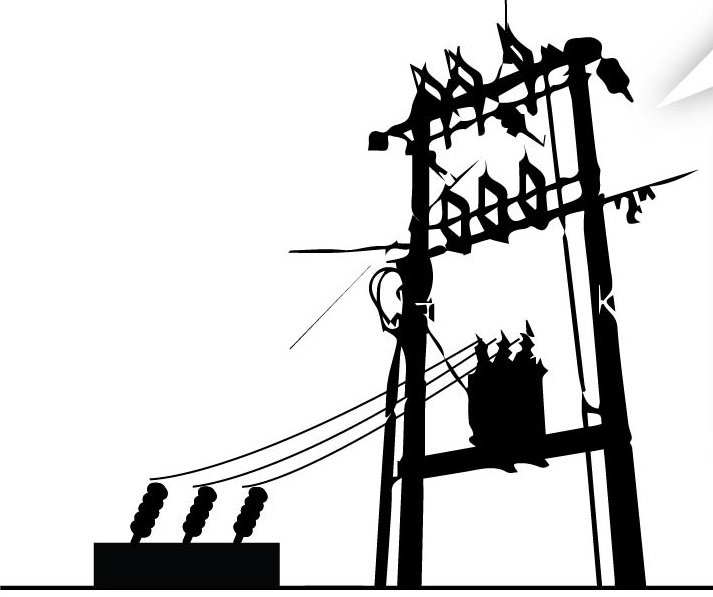Major reforms in power distribution sector expected in ongoing Monsoon Session
- July 20, 2021

Major reforms are envisaged in the power distribution sector, as envisaged in the “New Electricity Amendment Bill,” expected to be introduced and passed in the ongoing Monsoon Session of Parliament.
According to reliable media reports, one major change likely is a reworking of the power distribution sector. For one, the term “distribution licensee” has been omitted from the aforementioned amendment bill.
What this means is the long-pending reforms proposal of separating “carriage” and “content” (also known as “wire” and “supply”) will be implemented.
In simple terms, separation of carriage and content would mean that the power distribution sector would be bifurcated into two distinct parts – the “carriage”, which means the sub-transmission and distribution infrastructure, and the “content” that stands for the actual service of providing electricity to end-consumers.
Once the carriage (or wire) and content (or supply) aspects are bifurcated, provision would be made to allow multiple players in the “content” or “supply” side.
Consumers would benefit from having the liberty to select from multiple service providers, much like what is today happening in the case of mobile telephony.
The “carriage” or the “wire” aspect of power distribution would be retained by the existing distribution utility. However, this distribution utility would now not be involved in the actual “supply” or “content” aspect of the business. Thus, existing state power distribution utilities would be devoid of the B2C (business to consumer) aspect of their business. Instead of dealing with consumers directly, distribution utilities will now deal with service providers only, who in turn, will interact with end consumers.
Multiple players on the supply side will create competition and thereby offer better services to the end consumer. Technically speaking, service providers could compete even on the basis of tariffs, apart from value-added services.
Also read: Power Distribution Privatization Likely To Be Discussed In Monsoon Session
Direct Benefit Transfer
The issue of providing subsidy to certain kind of consumers is also going to be addressed in the amendment bill. It is proposed that subsidy meant for certain kind of consumers (e.g. agricultural or residential with low consumption) will be paid directly to beneficiaries through the DBT (Direct Benefit Transfer) scheme. Thus, consumers, irrespective of their category, will be charged prevailing tariffs (without subsidy). The excess amount charged will be reimbursed by the state government directly to the end-consumers.
Currently, discoms charge subsidized tariffs to certain categories of consumers. Discoms are compensated by the state governments through subsidy payments. However, it is alleged that this subsidy does not reach discoms on time (or in full) leading to poor financial health of discoms.
It may be mentioned that power distribution is a “state” subject. State governments are at liberty to offer any quantum of subsidy to whichever class of consumers. However, it is expected that state power utilities do not bear the brunt of this subsidy, which is what is happening current, and which is what the government is now trying to address through the DBT scheme.


